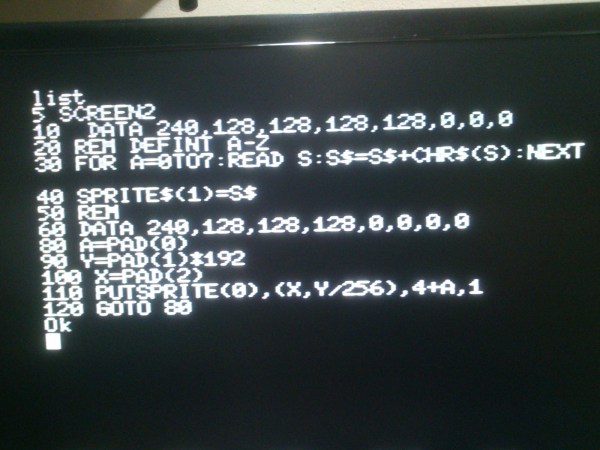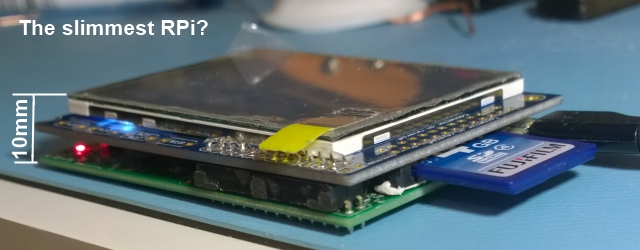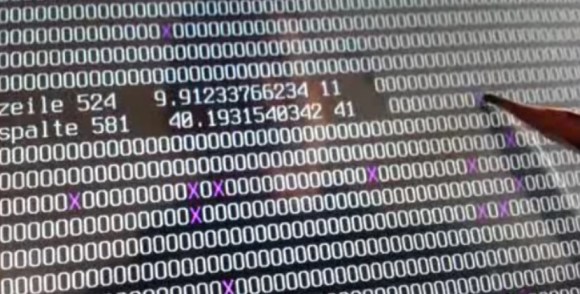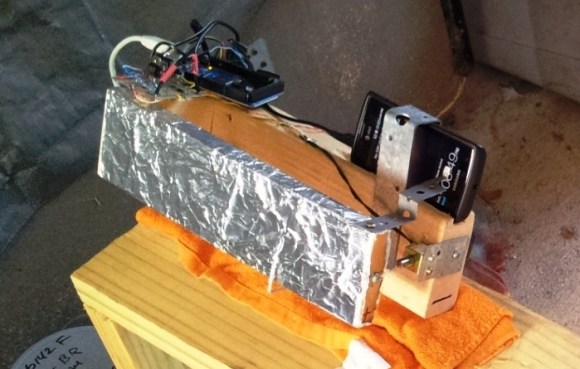Way back when most of our demographic was in diapers, engineering workstations had huge touchscreens for plotting drawings in CAD programs, drawing, and just about everything a Wacom tablet does today. Finding one of these touch pads now is a fool’s errand, more so than finding the computer it was attached to, but [Daniel] figured out a way to relive those days of large touchpads and old computers with a resistive touchscreen and an MSX computer (portuguese, google translatrix).
[Daniel] is using a touchscreen normally used for a monitor, and with the right bit of code on a PIC16F micro, pressure on the touchscreen can be translated into X and Y coordinates. Using the PIC was a great choice in this instance: it’s possible to multiplex ports on an ADC pin with a PIC, making the entire system extremely efficient and easy to calibrate.
After that, it’s just a matter of plugging the output of the microcontroller into the touchpad connector of the MSX and writing a few lines of BASIC to draw a point on the screen. Video below.
Continue reading “Very Large Touchpads For Very Old Computers”

















